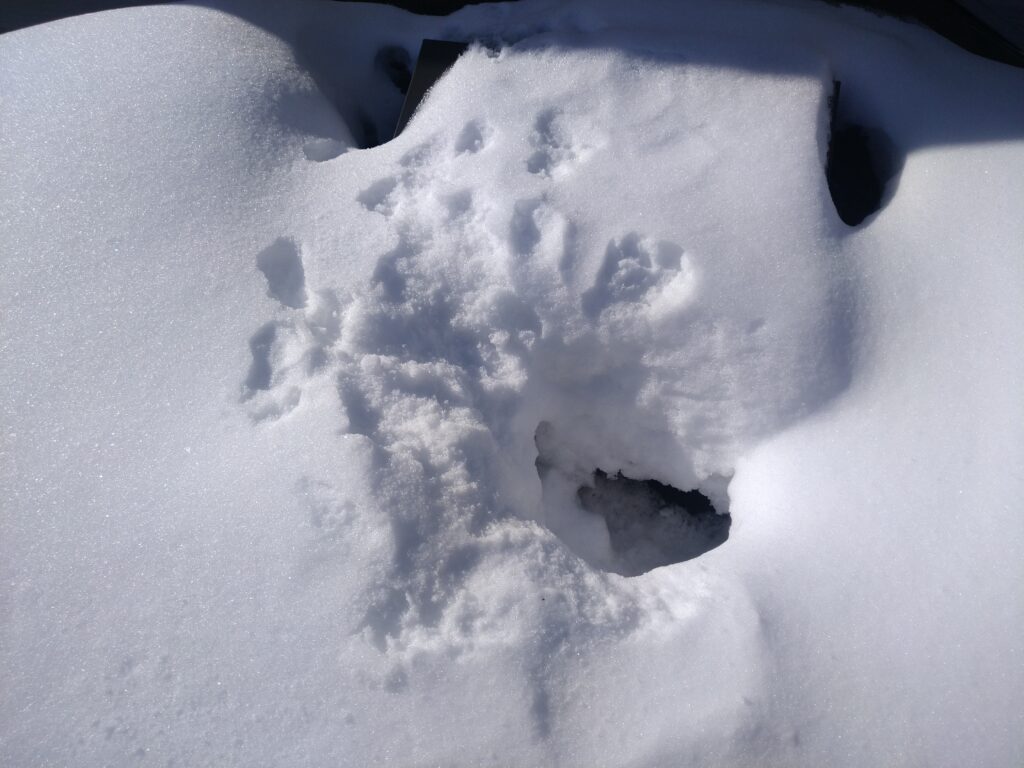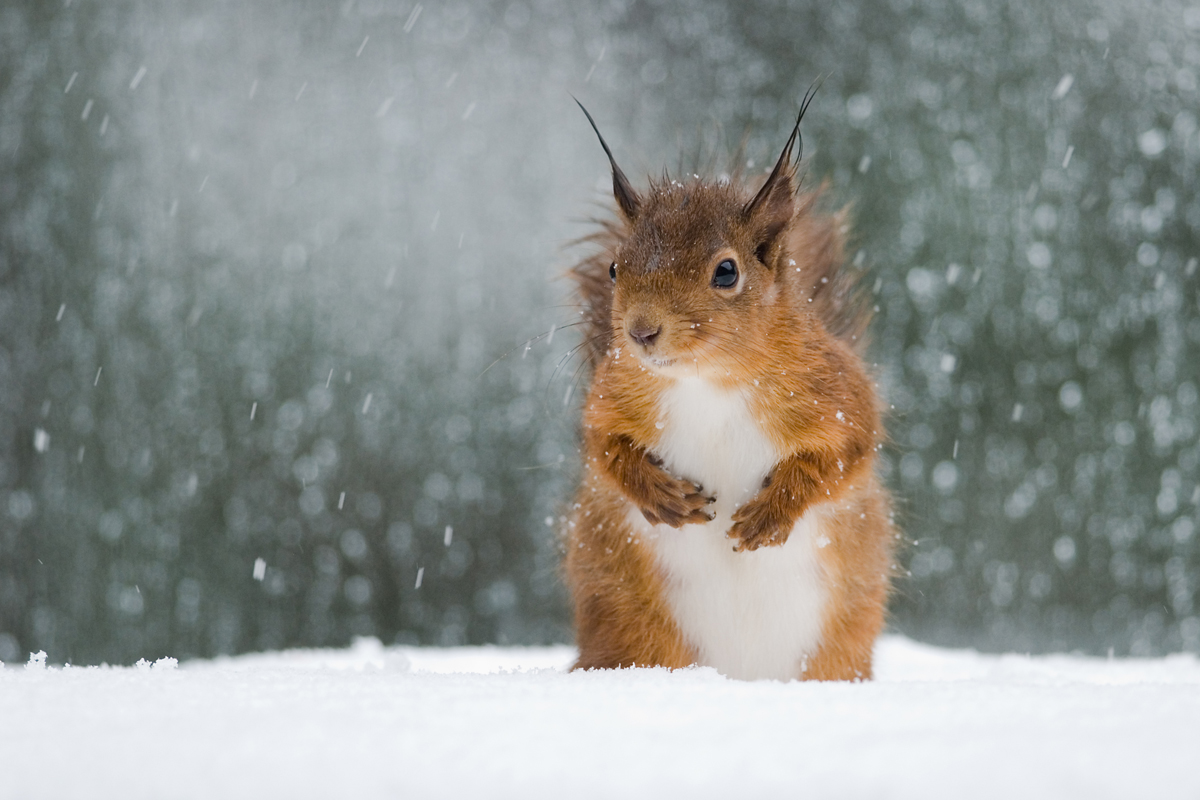Going for a hike during the winter season is an exciting and refreshing way to get outside as the snow falls. Plenty of wildlife species are still out and about, and the snow and ice on the ground make it easier to spot their tracks and observe various wildlife from afar. As always, it is important to take certain precautions for your safety and the safety of the animals. Here are some things to know to protect yourself and the wildlife during winter hikes.
Which Animals Could I Encounter?
Depending on where you live, there are many animals that you may encounter during a winter hike, including the following:
- Coyotes, a canine species that is similar to a wolf but slightly smaller
- Squirrels, small rodents with fluffy tails that forage for nuts, seeds, roots, and leaves
- Birds, including wild turkey, owls, and woodpeckers, the latter of which make a distinctive sound
- Foxes, medium-sized members of the canine family who eat both meat and plants
Some of these animals, such as squirrels, can be pests and require wildlife removal in winter. It is best to let a professional safely remove these pests since handling them can be dangerous and spread disease if not done correctly.
Should I Approach the Animals?
It is always a good idea to observe animals from afar to lessen the chances of being attacked and prevent the animal from being scared away and wasting their valuable energy. Most experts recommend staying at least 25 yards from most wildlife, and at least 100 yards from wolves, bears, and other predators. If you want to observe these species and their behaviours up close, consider bringing some binoculars so that you can watch them safely from far distances.
Unless you are assisting with humane wildlife control, the presence of too many humans can cause animals to flee from their dens or nests, shortening the amount of time they spend looking for food and eating. If you bring your dog along for your winter hike, make sure to keep the dog on a leash, since most dogs have an instinct to chase after birds, squirrels, and other smaller animals.

What Should I Do if I See Wildlife Tracks?
It can be exciting to spot animal tracks in the mud or snow, especially if they are tracks that you recognize. But it is wise not to follow tracks, as you could scare the wildlife, encounter a predator, or get lost.
However, there is still a lot that you can learn by looking at tracks without following the animals. The position of the tracks can indicate the speed that the animal was going, and two or more different types of tracks overlapping can indicate the presence of a predator chasing its prey. You can make assumptions about the behaviour of wildlife by looking around the tracks, such as for evidence of bite marks and scratches on branches and trees. Tracks belonging to different animals have certain characteristics:
- Coyote tracks tend to be straight and go in one direction, unlike dog tracks, since coyotes need to conserve their energy and be on the lookout for food.
- Bird tracks can indicate walking or hopping and are often seen in locations with droppings of nuts, berries, and seeds that birds eat.
- Deer tracks show their distinctive split hooves, and their tracks allow you to quickly discover whether the deer was in search of food or running from a predator.
- Squirrel tracks can usually be seen going from tree to tree, as squirrels find refuge in places high off the ground.
- Mouse tracks are small and often accompanied by evidence of their short bodies pushing through the snow.
Once you identify the tracks, you can know more about how to proceed during the rest of your hike with caution.
Should I Feed the Wildlife?
Though you may be tempted to feed your favourite animal your favourite snack, there are many reasons why feeding wildlife is a bad idea. One of these reasons is that humans are often unaware of what food is best for an animal, and providing any wild animal with human food can be unhealthy. When animals get too used to eating human food or other food that is not part of their natural diet, they can become unable to digest the predominant foods they find in nature, leading to starvation in the long run.
Feeding wildlife also encourages the species to get close to humans, which is dangerous because wild animals can spread diseases. Wildlife may also become dependent on humans for survival, making it more difficult for them to forage for their food and fight against natural predators in the wild.
Skedaddle Humane Wildlife Control can assist you if you have an issue with wildlife in your area. Contact us if wild animals are coming too close to your house for comfort, and our humane removal process will solve the problem quickly and safely.




